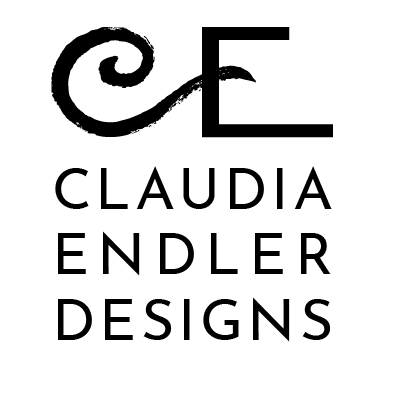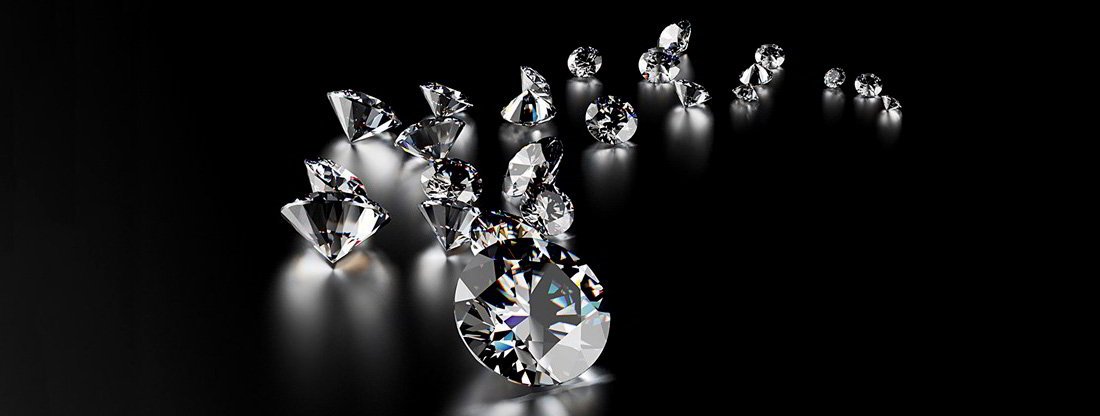Lab-grown Diamonds – To Buy or Not to Buy?
“Beauty is always in the eye of the beholder.”
-Claudia Ender
“They’re beautiful, but are they really diamonds?” is what I most often hear from clients considering a lab-grown gemstone. My answer is, yes and no – from look and feel they are indistinguishable to the naked eye, but unlike a natural gem, a lab-grown or “synthetic” diamond is man-made. What has, until just recently, occurred under the earth’s crust can now be done in a technologically-controlled environmental chamber.
A laboratory-grown diamond (left) and a natural diamond (right) can appear identical to the naked eye.
Lab diamonds are produced in two ways, either through high pressure and high temperature (HPHT) or chemical vapor deposition (CVD), effectively reducing the time it takes for these beauties to develop from a millennium to mere months.
Increasingly popular for their lower prices (25-30% less than a natural diamond of similar grade) and reputation for being “ethical”, lab-grown diamonds look no different from a natural gem to the naked eye, so much so that it’s difficult to tell the difference without microscopic examination. They even contain imperfections just like natural diamonds. Both lab-grown and natural stones are quality graded and certified by gemological labs, such as the Gemological Institute of America (GIA). Both are appraised and insured by insurance companies for replacement value.
Rough lab-grown diamond (left) and raw diamond (right).
So what is the right stone to choose? That’s entirely personal and I always urge my clients to do their own research if the hidden costs of a diamond are important to them. There are ethical considerations on both sides – from labor practices, to conflict zones, to environmental impact, to resale value. For example, a lab requires a massive amount of 24/7 energy to produce a diamond, which, like mining, isn’t a sustainable business practice. The truth is, either type of gem comes at a cost.
What is universal and enduring, is the singular beauty of a diamond. Its sparkle and clarity and multiplicity of colorful sparkle in the light is unparalleled. Does it matter whether nature made the stone or humankind if the difference can barely be perceived? Israel Itzkowitz, the pioneer who invented the princess diamond cut and invisible setting told me, “A diamond is a diamond is a diamond,” prior to joining the lab movement with the Diamond Foundry.
Beauty is always in the eye of the beholder. I say choose the one that meets your own criteria and make the most of your purchase with a custom design. I have worked with both kinds of stones and can tell you that none of my clients have ever come to regret the sparkle and magic that it brings into their lives.
If you’re interested in exploring lab-grown options, get in touch. I’d love to help you select the right gemstone for you!
xoxo







